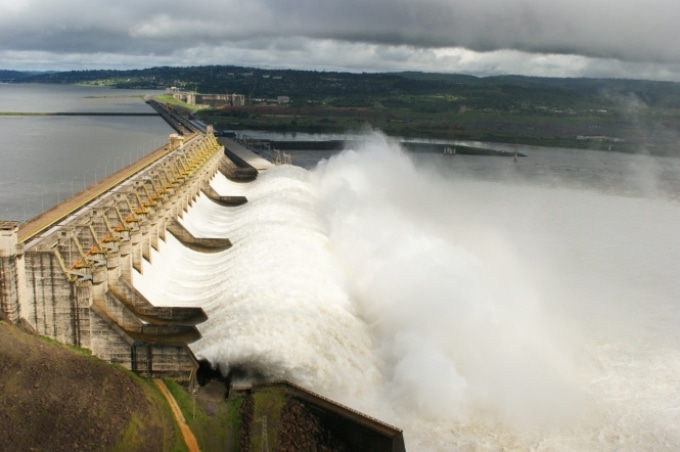Oct 26 2017
Worldwide, many countries have been encouraging a change from using fossil fuels to adopting renewable sources of energy. Yet, Authors of a research published on October 24th, 2017 emphasize specific ecological risks of adopting “green” energy.
 Brazil has the 2nd largest hydropower capacity (after China), and generates more than 70% of its electricity from hydropower. Tucuruí Dam was the first major hydroelectric dam in the Brazilian Amazon, and is currently the world’s fifth largest power station. Although considered “green” energy, hydropower produces substantial amounts of greenhouse gases and has destroyed some of the most pristine habitats around the planet—especially in tropical rainforests. CREDIT: Museu Virtual de Tucuruí.
Brazil has the 2nd largest hydropower capacity (after China), and generates more than 70% of its electricity from hydropower. Tucuruí Dam was the first major hydroelectric dam in the Brazilian Amazon, and is currently the world’s fifth largest power station. Although considered “green” energy, hydropower produces substantial amounts of greenhouse gases and has destroyed some of the most pristine habitats around the planet—especially in tropical rainforests. CREDIT: Museu Virtual de Tucuruí.
We know that burning fossil fuels is damaging the environment and warming the climate. But there are also dangers from the global proliferation of solar panels, wind turbines, and hydroelectric dams.
Dr Luke Gibson, Honorary Assistant Professor, The School of Biological Sciences, The University of Hong Kong
The Researchers compared the environmental effects of solar, hydro, as well as wind energy. They discovered that hydropower had the worst impact on the environment.
“Hydropower has degraded some of the most biologically rich habitats on our planet,” stated Professor William Laurance from James Cook University in Australia.
Hydro projects are such a disaster for tropical rainforests that I don’t consider them ‘green’ energy at all.
Professor William Laurance, James Cook University, Australia
Although solar panels and wind turbines also have impacts on the environment, the effects are far lower than that of hydropower. Despite this fact, these industries have developed extensively in the last 10 years.
Cumulatively, renewable sources of energy contribute nearly one quarter of electricity generation across the world, where China is the industry pioneer. China produces 26% of solar energy, 28% of hydro energy and 35% of wind energy of the global generation.
Provided the dangers caused, it is highly crucial to alleviate the environmental effects of renewable energy implementation in future.
“We need to keep a close eye on these ‘green’ energy developments to ensure new projects don’t harm wildlife or sensitive habitats—particularly along migratory routes where wind turbines could kill many birds or bats,” stated Gibson.
Renewable energy has the potential to balance the conflict between our growing energy needs and environmental security. We must identify and mitigate the ecological impacts of renewable energy to ensure that its future is truly green.
Dr Luke Gibson, Honorary Assistant Professor, The School of Biological Sciences, The University of Hong Kong